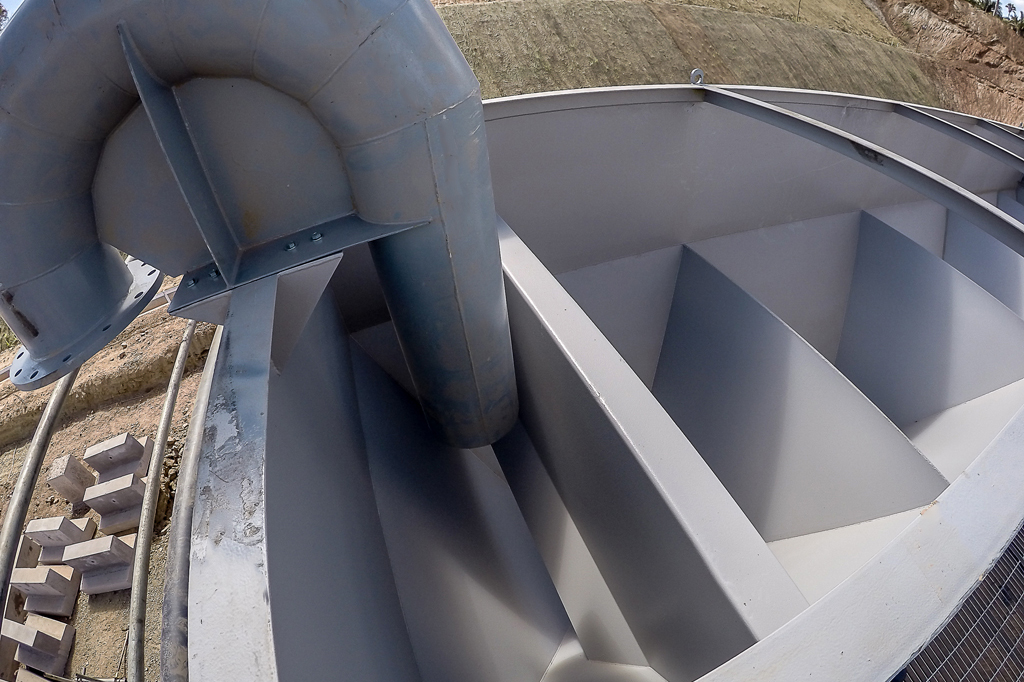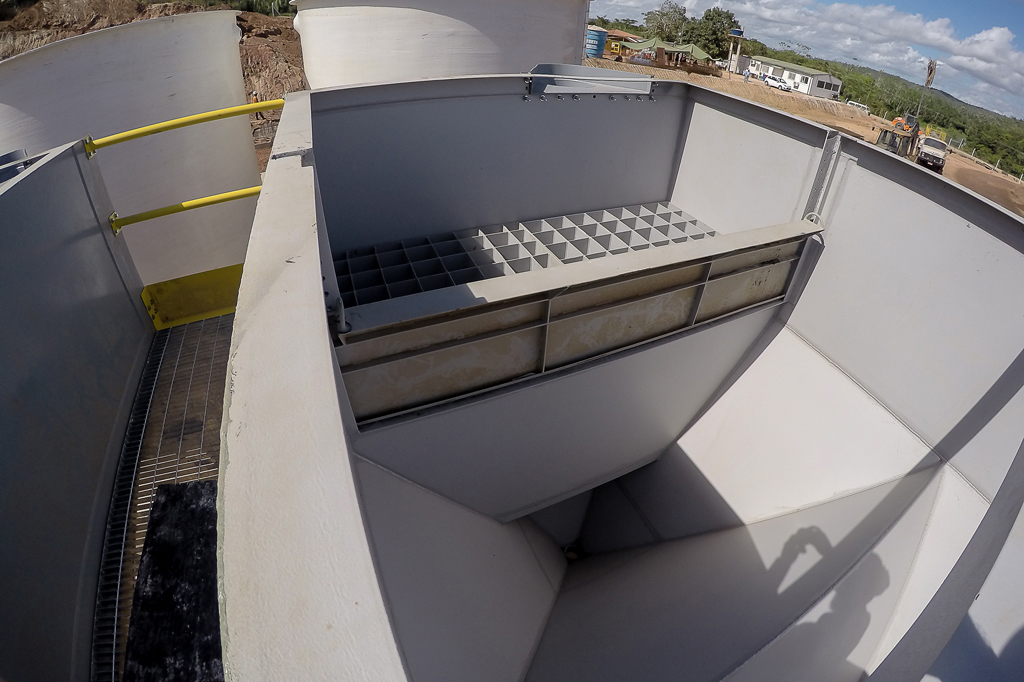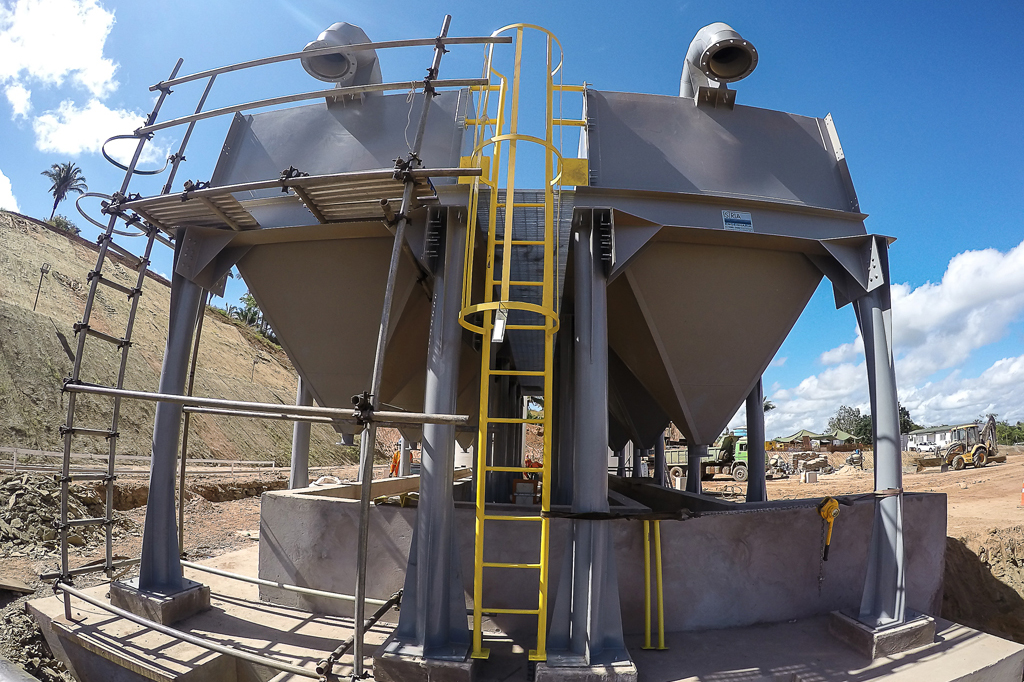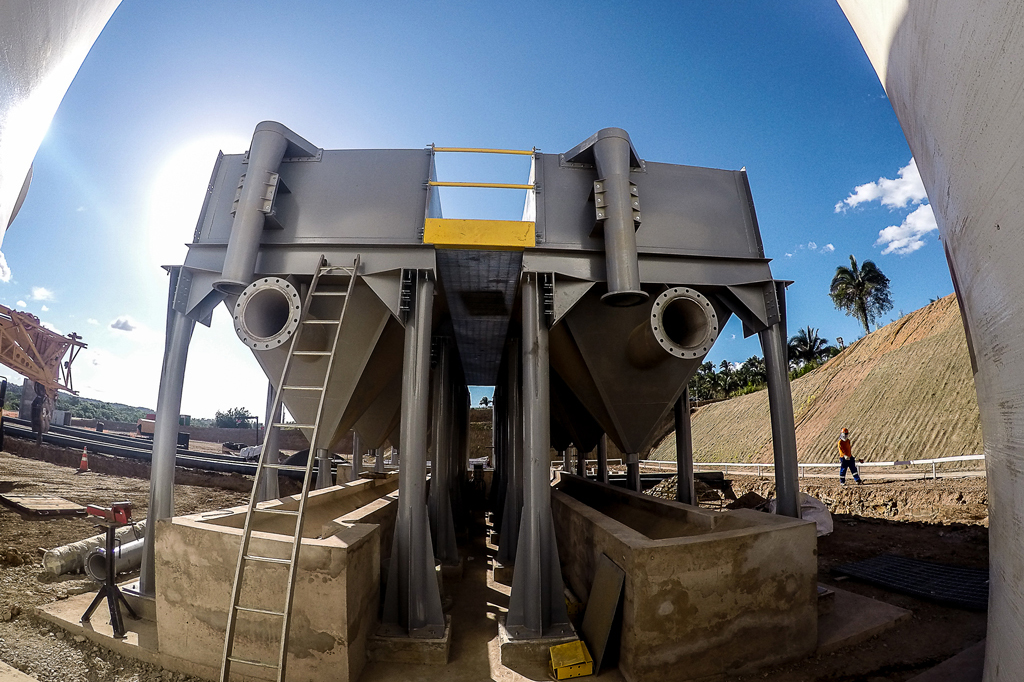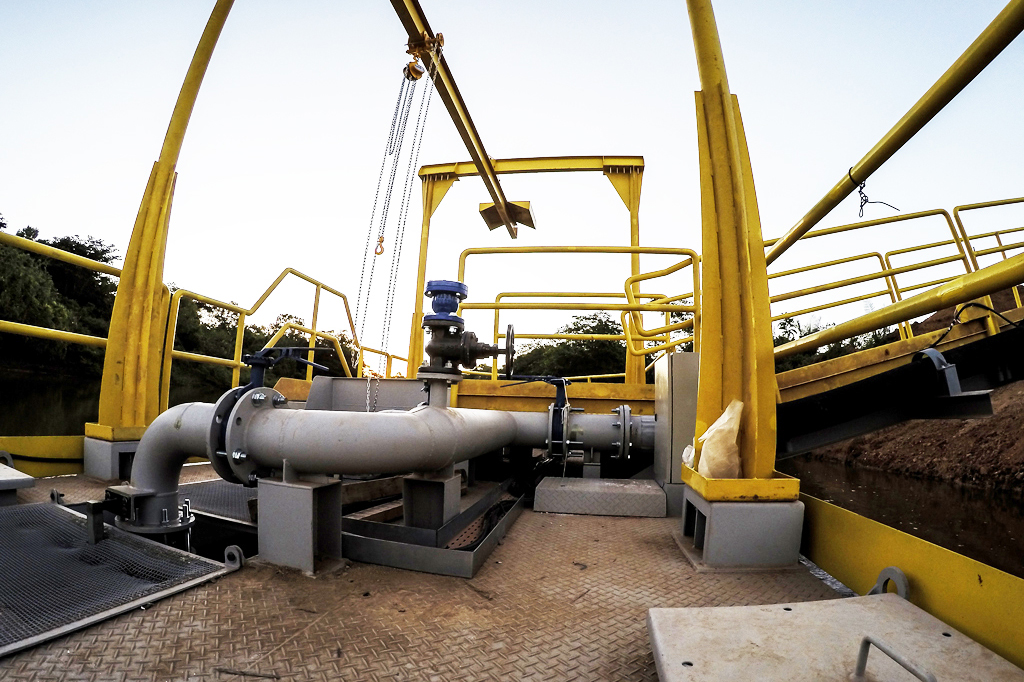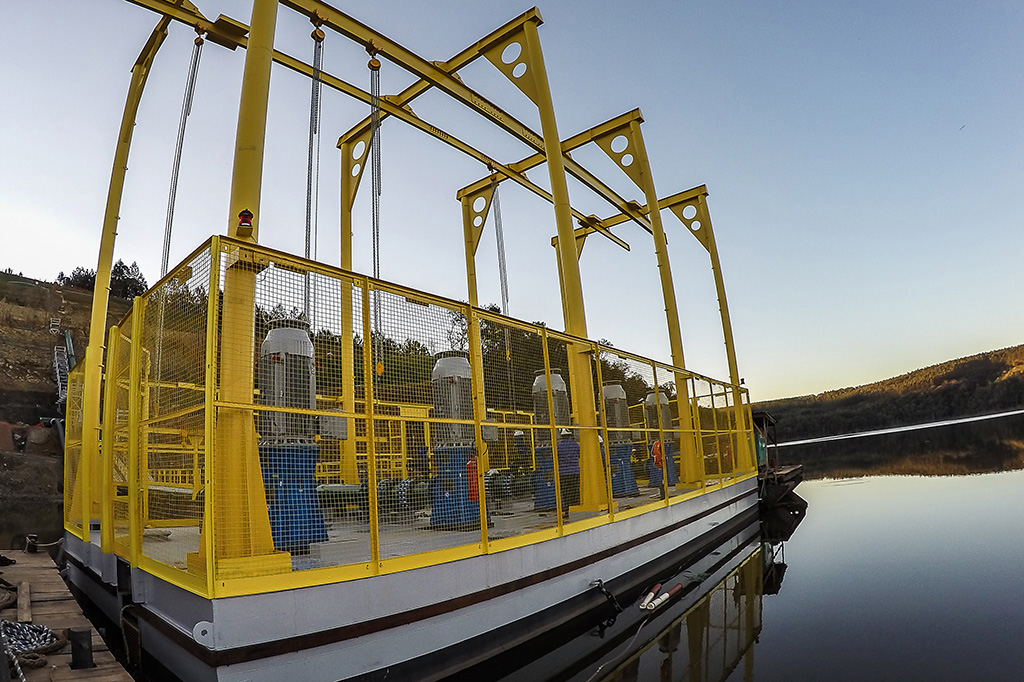Difference Between Perpetual and Periodic Inventory System with Comparison Chart
Content

Last, Case-3 – Similarly, when there is unit cost of inventory is sometimes increases or decreases (e.g. Rs. 2, 7, 4, 6, 9) in that case either LIFO or FIFO method provides less tax to the company. Accordingly, the inventory account and cost of goods sold numbers are current only once per period – in the time directly after stocktake. Because manufacturing companies often carry inventory items in the thousands, stocktake could be very time-consuming. That is why a physical count is usually performed once a month, once per quarter, or even less frequently. Here are some common questions that business owners have about periodic inventory systems with answers to give you some guidance.
Instead, these amounts are determined only periodically – usually at the end of each year. This physical count determines the amount of inventory appearing in the balance sheet. The cost of goods sold for the entire year then is determined by a short computation. In a periodic inventory system, no continuous record of changes is kept.
Purchase Order Automation
The yearly inventory purchases are recorded in the purchases account, which is a ledger listing all inventory purchases and their costs. Any business can use a periodic system since there’s no need for additional equipment or coding to operate it, and therefore it costs less to implement and maintain. Further, you can train staff to provide simple inventory counts when https://quick-bookkeeping.net/small-business-tax-credit-programs/ time is limited or you have high staff turnover. They can quickly count the goods they are working with, whereas a perpetual system, which provides a more accurate inventory, requires training staff on electronic scanners and data entry. Learn more about a perpetual system and how it gives a more precise inventory solution by reading our “Guide to Perpetual Inventory”.
What is meant by periodic system of inventory?
Periodic Inventory Explained
With a periodic inventory system, a company physically counts inventory at the end of each period to determine what's on hand and the cost of goods sold. Many companies choose monthly, quarterly, or annual periods depending on their product and accounting needs.
While it’s not a necessity for all businesses, perpetual inventory accounting system is generally preferred for any larger retailer selling products. There are various shortcomings of this system as the amount of the cost of goods sold may include the goods lost or theft during the year. However, with the help of sales revenue, an estimation could be made regarding the lost inventory but this figure is not accurate.
Periodic Inventory System Overview
To ensure accuracy, physical verification of stock takes place at regular intervals, and they are compared with the recorded figures. If there is any shortage due to loss or theft, then it can be easily located, and corrective actions can also be taken immediately. Inventory management system should be by the store’s department selected, keeping in mind, the planning and control of stock. Many people utter confusion in understanding the two methods, so Periodic Inventory System Definition here in this article, we provide you all the important differences between the Perpetual and Periodic Inventory system, in tabular form. Case- 2 – When there is unit cost of inventory is continuous decreases (e.g. Rs. 8, 6, 5, 3) in that case the FIFO method provides less tax to the company. Case-1 – When there is unit cost of inventory is continuous increases (e.g. Rs. 2, 5, 6, 8, & so on) in that case LIFO method provides less tax to the company.
For businesses in which transactions such as purchasing, selling, and moving inventory happen every second, perpetual inventory systems are invaluable in helping to keep track of what is going on at all times. By relying on digital technologies, perpetual inventory systems reduce the need to physically count a company’s inventory. Accounts of inventory stock are maintained throughout the accounting period under this system.
Calculation Of Cost Of Sales aka COGS Cost of Goods Sold
You have too little information –Since the inventory is only counted physically, that also after a while, there is limited and lapsed information you are gathering. As mentioned on their site, they are manufacturers and distributors of FMCG products, based in Kigali, Rwanda. Fifo method should be used when the company is trying to show its immense potential of earning huge profits. For instance, let’s assume you have a business of t-shirts and jackets. One day you get an order for a woolen coat that has been very rarely asked, and it’s a summer season.
- It ultimately boils down to whether a specific method will streamline operations or you prefer a hybrid approach.
- Doing a physical count of the ending inventory allows retailers to find their cost of goods sold during that period.
- Businesses with periodic inventory in place may not realize a product is running low until a customer asks why it isn’t on the shelf.
Cost of goods sold is defined as the direct costs attributable to the production of the goods sold in a company. The perpetual system is tech-based and data can be backed up, organized, and manipulated to generate informative reports. On the other hand, the periodic system is manual and more prone to human error, and data can be misplaced or lost. This means that if there are any defective items, the source of the problem can quickly be identified.


























